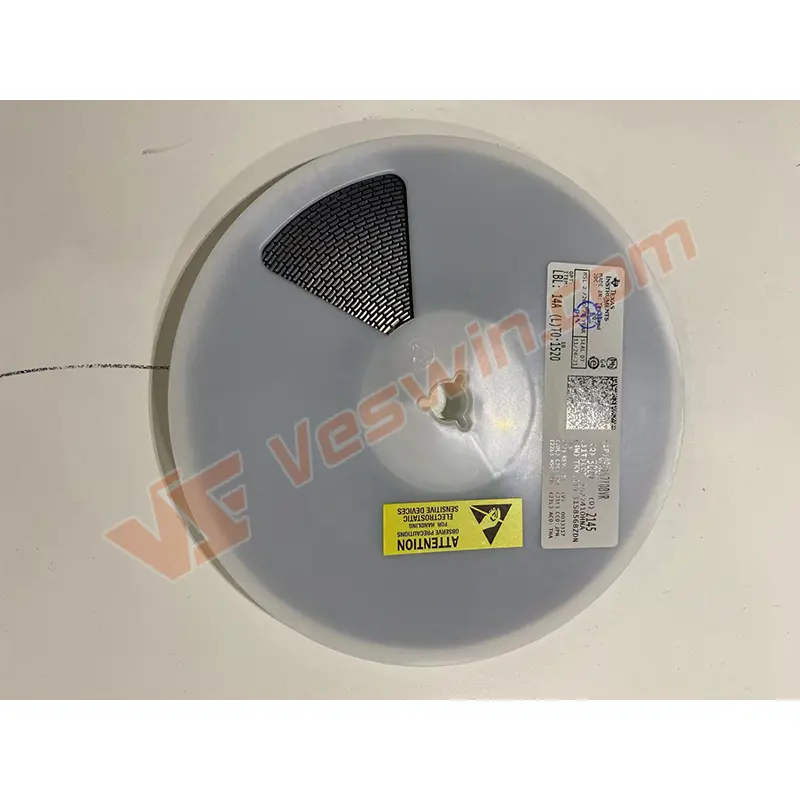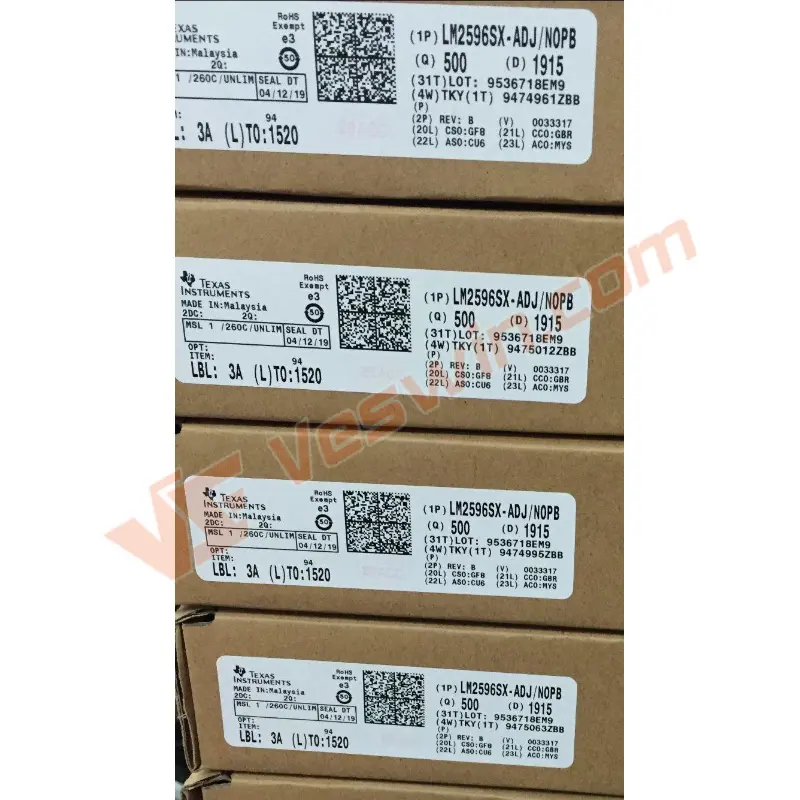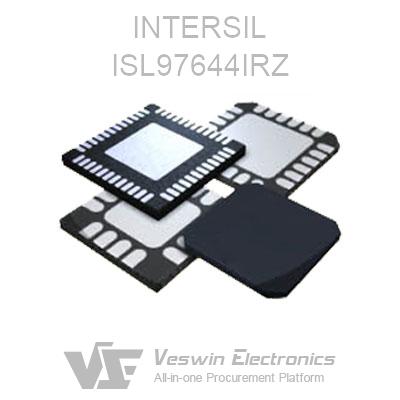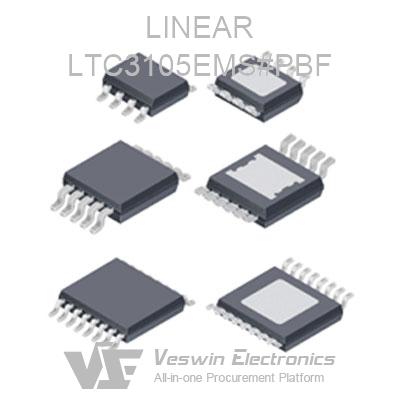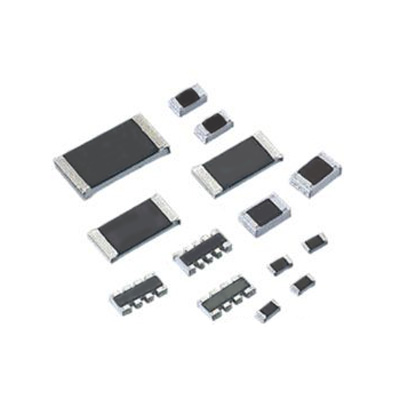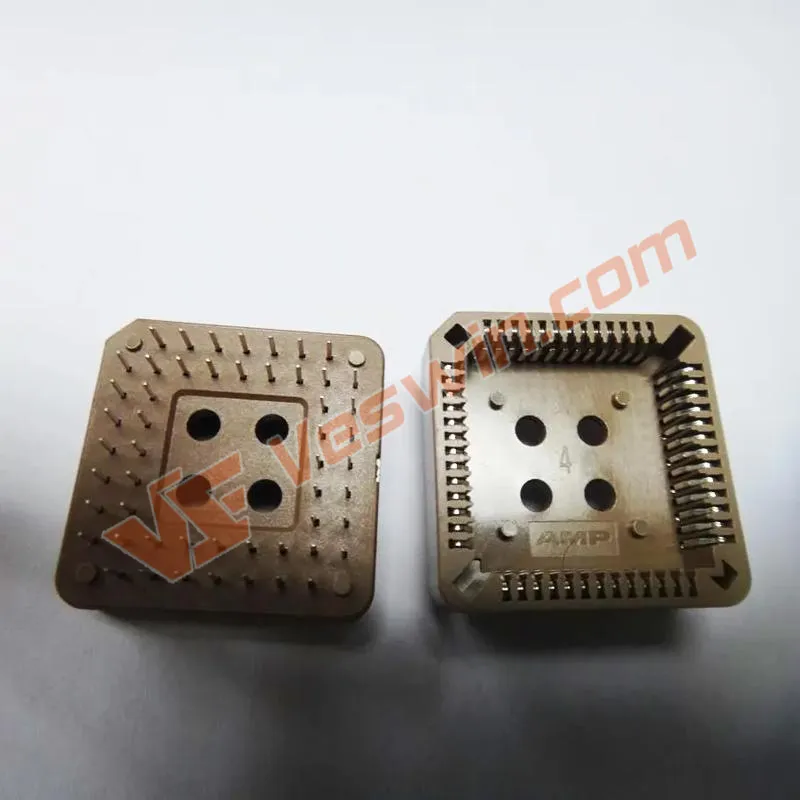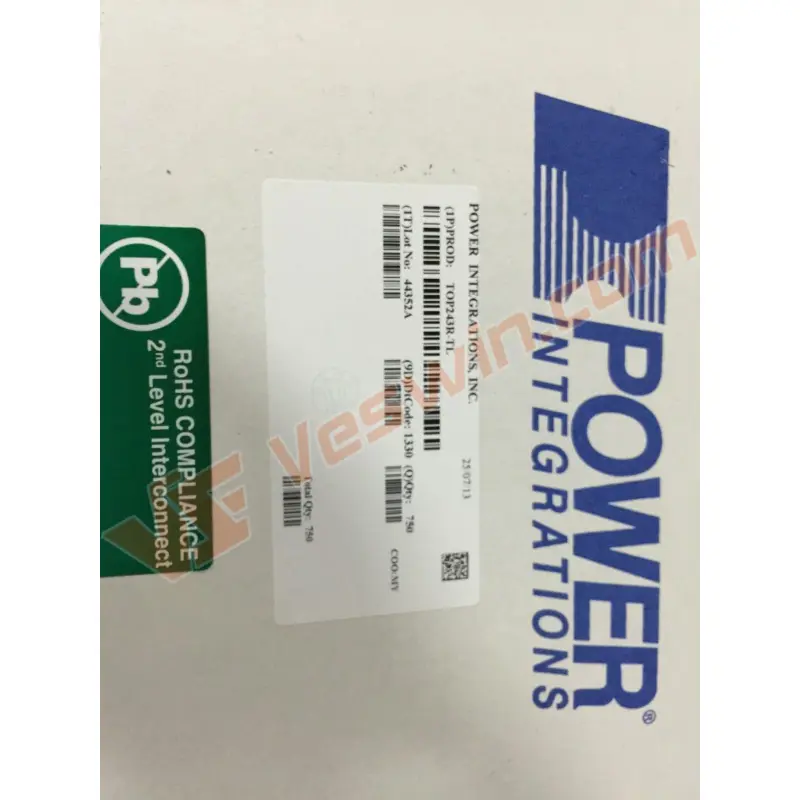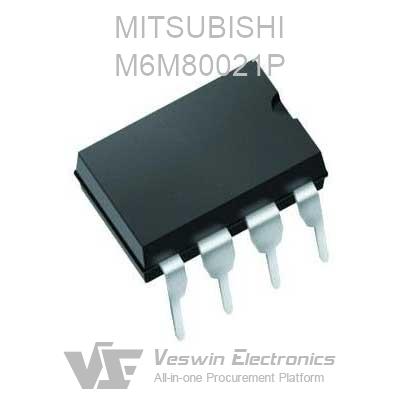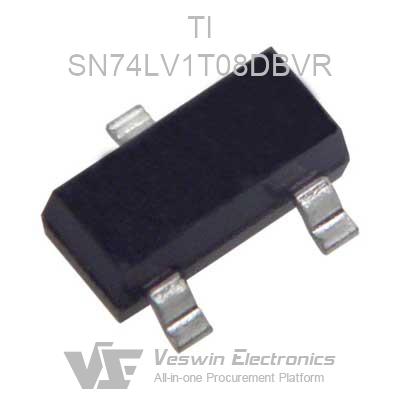1. Insertion loss: the attenuation of the switch is not zero when it is turned on, which is called insertion loss
2. Isolation: when the switch is off, its attenuation is not infinite, which is called isolation
3. Switching time: Due to the charge storage effect, it takes a process to turn the PIN tube on and off, and this process takes time
4. Withstand power: The maximum input power that the microwave switch can withstand under given working conditions
5. Voltage standing wave coefficient: only reflect port input and output matching
6. Video leaks
7. Harmonics: PIN diodes are also non-linear, so harmonics will be generated. In broadband applications, PIN switches may fall in the frequency band and cause interference. Switch classification: reflective and absorptive. The performance of absorptive switches is better than reflective switches.
A general diode is directly formed by a semiconductor material doped with N-type impurities and a semiconductor material doped with P-type impurities to form a PN junction. The PIN diode is a thin, low-doped Intrinsic semiconductor layer between the P-type semiconductor material and the N-type semiconductor material.
Because the intrinsic semiconductor is similar to the medium, this is equivalent to increasing the distance between the two electrodes of the P-N junction capacitance, making the junction capacitance very small. Secondly, the width of the depletion layer in P-type semiconductors and N-type semiconductors increases with the increase of the reverse voltage, and with the increase of the reverse bias voltage, the junction capacitance also becomes very small.
Due to the existence of the I layer, and the P region is generally made very thin, the incident photons can only be absorbed in the I layer, and the reverse bias voltage is mainly concentrated in the I region, forming a high electric field region. The photogenerated carriers in the I region are The movement is accelerated under the action of a strong electric field, so the carrier transit time constant is reduced, thereby improving the frequency response of the photodiode. At the same time, the introduction of the I layer enlarges the depletion zone and broadens the effective working area of photoelectric conversion, thereby improving the sensitivity.
Because the RF resistance of a PIN diode is related to the DC bias current, it can be used as an RF switch and attenuator. Series radio frequency switching circuit: when the diode is forward biased, it is turned on (short circuit); when the diode is zero biased or reverse biased, not only the maximum operating frequency of the switch will be limited, but the lowest operating frequency will also be limited, such as PIN tubes. Control the on and off of DC or low frequency signals. Affected by the cutoff frequency of the tube, the switch also has an upper limit operating frequency. The frequency band of the switch is required to be as wide as possible, because the frequency band of the signal source is getting wider and wider.
Hot News
